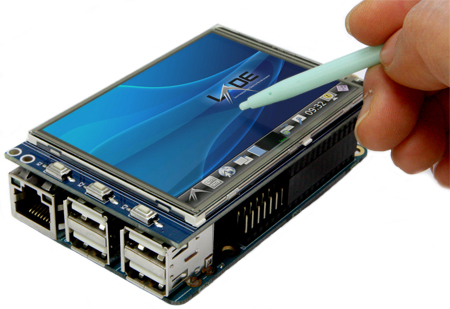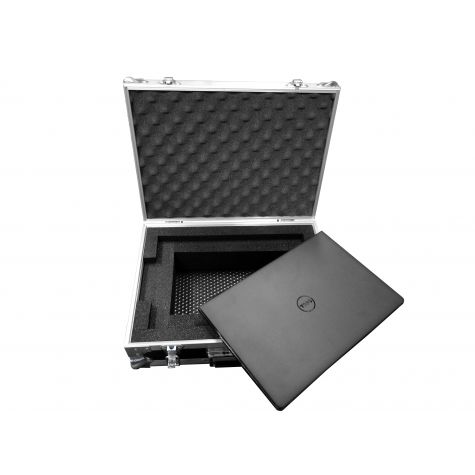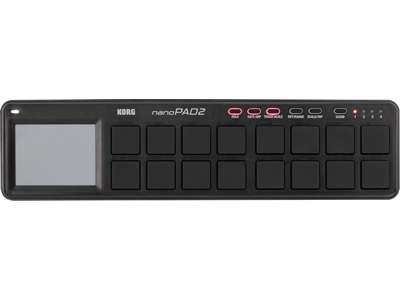Personally I would get a Mac of some sort and then mainstage as a host for fast browsing of the patches. Mainstage is more or less guaranteed for you to work in a live performance, since it has been designed for exactly that.
If you want to keep the visible tech minimal, get a Mac mini, a small monitor that you can put somewhere (maybe with touch) and map the patch switching somewhere on your controller.
Depending on how much knobs and stuff you have on the controller (usually there are plenty) you can controll everything without ever touching the monitor and the visible tech part will be minimal. I created send busses for example for the reverbs that I use and mapped them to knobs on the controller, but you can do this for other effects. This way you can quickly switch through patches and add effects.
Probably better get the 16GB Ram version, one instance of PT uses up about 700MB, so you are limited to about 9-10 instances when you are using an 8GB machine.
Pianoteq 7 - Steinway D/B, C.Bechstein, U4, Electric Pianos


